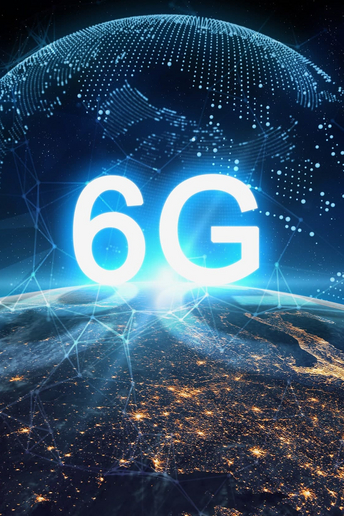Future advances in Wireless Technologies

In the next years, society will have to face important economic and social challenges such as population aging, social cohesion, green and eco-sustainable development. The pervasive and integrated use of ICT digital technologies in social, economic and production processes is a fundamental key to face and solve these challenges.
In this complex scenario, Beyond 5G (B5G) network technologies and infrastructures will play an essential role in supporting these societal transformations, by facilitating processing, integration and pervasive use of data, thus favoring the development and dissemination of new services and applications.
The development and diffusion of B5G technologies engages, exploiting them, on the new paradigms of Artificial Intelligence (Machine Learning/Deep Learning - ML/DL), Virtual/Augmented Reality (VR/AR), Internet of Things (IoT) and Big Data Analytics. In addition, platforms based on Ultra Reliable and Low Latency Communication (URLLC) and Edge/Cloud Computing (Multi-access Edge Computing - MEC) will pave the way to an increased usage of cellular technologies in new scenarios and applications. These new paradigms will play a key role in the development of future B5G technologies.
The massive use of new generation IoT devices (m-MTC) and personal devices, with (limited) computational capacity will allow both the collection of a large amount of data and the local training of distributed AI/DL models. Local AI/DL data and models will then have to be integrated (Federated Learning) to exploit the full capabilities and potential of the B5G network. All this, while respecting user privacy.
Moreover, taking advantage of the same radio-frequency waves used for communication, these radio devices can be transformed into a network of virtual sensors capable of acquiring information on people and environments. When instrumented with intelligent reflecting surfaces (IRS), even buildings, walls or furniture can participate to this enhanced network of radio nodes by focusing or hiding radio waves in specific areas.
The high complexity of the new distributed/decentralized processes and services can only be dominated through the wise use of Artificial Intelligence technologies in its various scenarios (ML/DL) according to the different distributed approaches.
Finally, the adaptability and flexibility of the B5G network to the various operating conditions through the configuration (Network Slicing) of virtual networks combined with the high speed and low latency and highly reliable access, typical of the MEC and URLLC methodologies, will allow also the industries operating in vertical sectors to develop new products, services and applications in a simple and efficient way. Identifying the requirements of these vertical sectors will be a fundamental element for the success of B5G networks. Therefore, close collaboration between vertical industries and companies and 5G providers will be mutually beneficial.